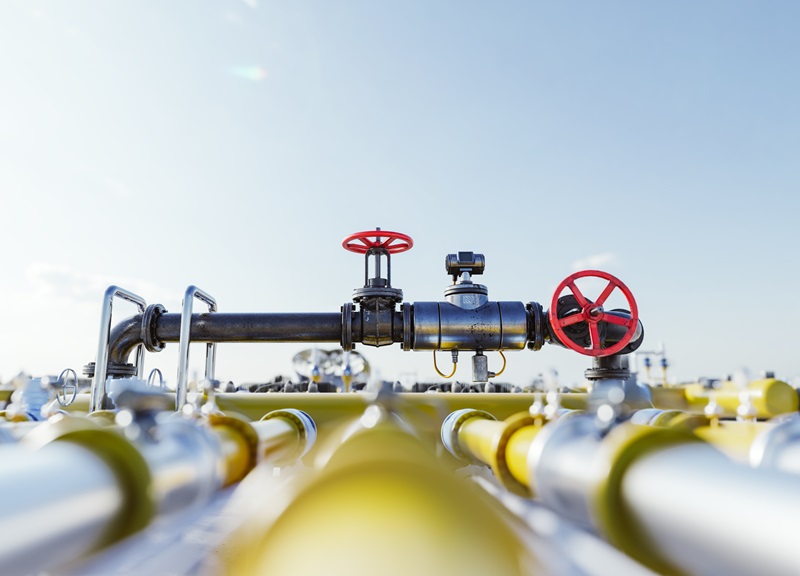Why insurers won their appeal in this $9.7-million pollution claim

Three commercial insurance providers in Alberta won their appeal in a $9.7-million pollution claim regarding when a gas pipeline leak was “detected.”
In Paramount Resources Ltd v Chubb Insurance Company of Canada, the Alberta Court of Appeal found a lower court had erred when it read regulatory definitions of “detection” into the insurers’ policy wording.
“In our view, while the summary trial judge was rightly cognizant of the surrounding circumstances when arriving at an interpretation of ‘detected,’” the Alberta Court of Appeal ruled last week, “the summary trial judge allowed those surrounding circumstances – the regulatory context, the contents of Annex E [part of the province’s pipeline legislation], and the actions of Conoco’s personnel – to overwhelm the analysis, effectively introducing a deviation from the text of the [insurance] policies in a way that was not intended by the parties at the time the agreements were entered into.”
Paramount Resources and ConocoPhillips each owned a half interest in the “Resthaven facility,” which included a gas plant, a low vapour pressure [LVP] pipeline, and sales tanks. The LVP pipeline transported low vapour pressure condensate from the gas plant to the sales tanks.
Under the terms of its partnership with Paramount, Conoco was the operator of the Resthaven facility. In late 2015, Conoco decided to install measurement devices called Coriolis Meters on the LVP pipeline.
“On April 30, 2016, Conoco became aware of anomalies in the data being collected by the Coriolis Meters that showed a discrepancy between the amount of condensate entering and leaving the LVP pipeline,” the appellate court found. “Conoco conducted further meter reconciliations and pressure testing through May and June 2016, all of which failed or indicated pressure loss.
“Conoco personnel believed the data anomalies and discrepancies were unreliable, occurring as a result of the newly-installed equipment, but nonetheless increased the frequency of right-of-way visual inspections to monitor for leaks.”
Finally, on June 9, 2016, Conoco personnel observed hydrocarbon contamination on the LVP pipeline right-of-way.
“Conoco immediately advised the Alberta Energy Regulator and notified Paramount on either June 9 or 10, 2016,” Alberta’s Appeal Court ruling states. “Conoco implemented an emergency response plan on June 10, 2016.”
Conoco billed Paramount for 50% of the repairs, which led to litigation between the two groups. The two sides finally settled for $11 million.
In other news: Who’s on the hook for flood damage after water main breaks?
In July 2015, Paramount entered insurance contracts with Chubb Insurance Company of Canada, Lloyd’s Underwriters, and Royal & Sun Alliance Insurance Company of Canada. The insurers’ policies had similar terms and conditions for covering pollution leaks.
The insurers’ policies offered covered for a “pollution incident,” including unintentional emission of pollutants, provided that any release was “detected by any person within 720 hours after commencement of such emission, discharge, release or escape.”
The insurers denied Paramount’s claim for coverage, saying detection didn’t happen until more than 720 hours after the leak started.
The insurers argued “detection” did not really happen until June 9, 2016, when Conoco observed the hydrocarbon contamination and then concluded the pipeline was leaking that day.
Prior to that, the insurers argued, “Conoco personnel were ‘blind’ to the warning signs that the pipeline was leaking and therefore had not detected the release,” as the Court of Appeal summarized their position. Even after April 30, Conoco workers thought the unusual readings may have had to do with the new meters, and not necessarily a leak, as the Appeal Court decision notes.
But Paramount argued “detection” occurred on April 30, 2016, when Conoco first noticed a discrepancy between the amount of condensate entering and leaving the LVP pipeline. That was within 720 hours after the emission started.
A summary judge found in favour of Paramount, ruling the insurers owed $9.7 million in coverage.
In the lower court, the summary judge found: “The surrounding circumstances strongly suggest that the parties…contemplated that energy company operations would frequently occur under tight regulatory requirements. The parties probably expected that regulatory requirements imposing standards for detection would be considered in deciding whether a release was detected.”
And so, the trial judge defined “detection” in a way consistent with the province’s rules and regulations for leak detection.
But the Appeal Court found the trial judge should not have read the regulations’ definition of “detection” into the insurance policies, which did not reference the legislation at all.
“The [insurance policy’s pollution] endorsement and definition of pollution incident did not refer to any regulatory instruments,” as the Court of Appeal ruled. “It would have been simple for the parties to expressly incorporate [the pollution leak regulations] by reference at the time the policies were entered into, if that is what the parties intended.
“In these circumstances, the trial judge erred by going beyond the language of the contract to incorporate regulatory provisions that the parties could have incorporated, but did not.”
Feature image courtesy of iStock.com/NiseriN







